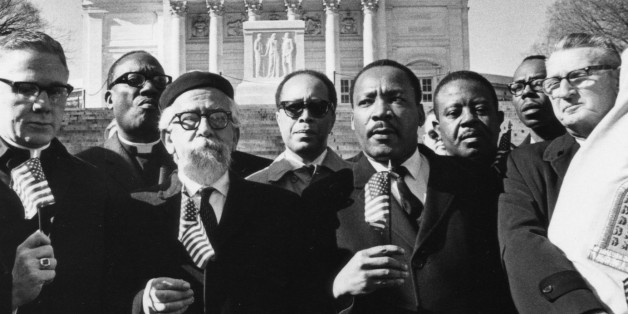Most recently, my “expertise” has resulted in my efforts to affirm Eli Weisel’s insistance that being a Jew ( surrounded as I had been in the 1950s by tattooed survivors of the Holocaust) requires us as Jews to end genocide of whatever form; specifically in Yemen, the Mayanmar region of what used to be Burma, Venezuela ( most especially on the Western border in Colombia) the Sudan, and ….
The Politics of Food
New column speaks to disabled, elderly issues–from Voices of Central Pennsylvania
July 2017. State College/University Park, PA. Years later, this reflection on the Sandusky scandal still rings true: ++++ “As a former graduate student at Penn State with a disability and as one who is part of the elderly community, the focus by powerful officials on football-above-all has also been used to cover up exploitation of […]

